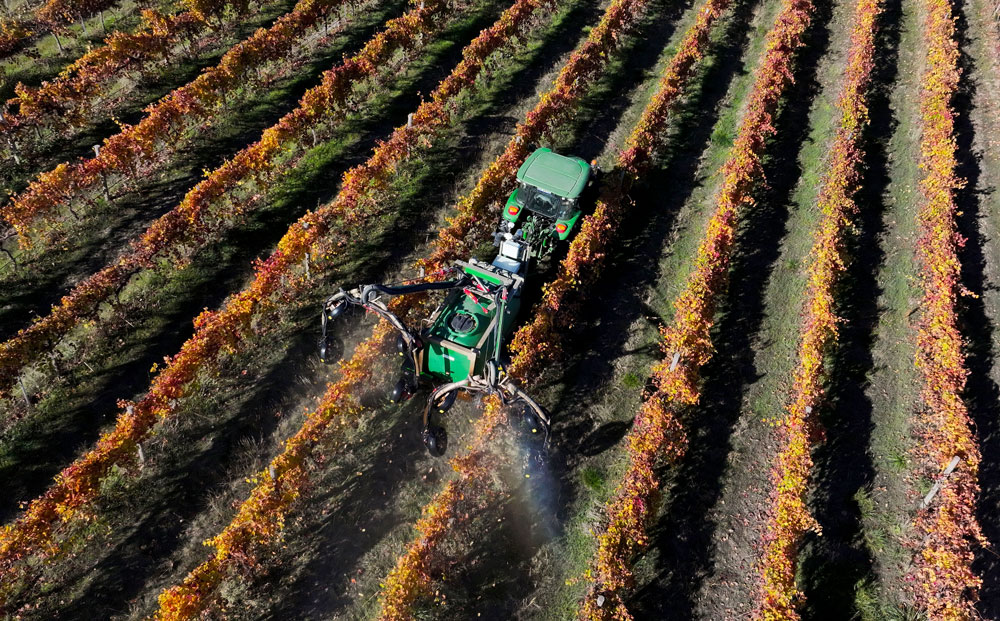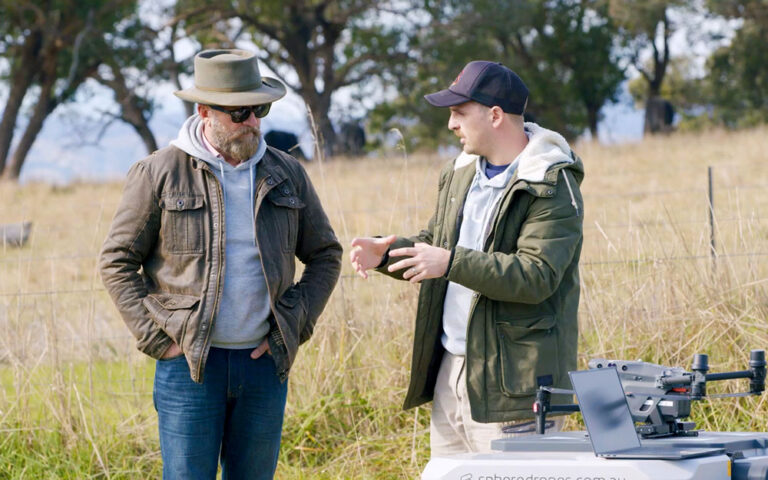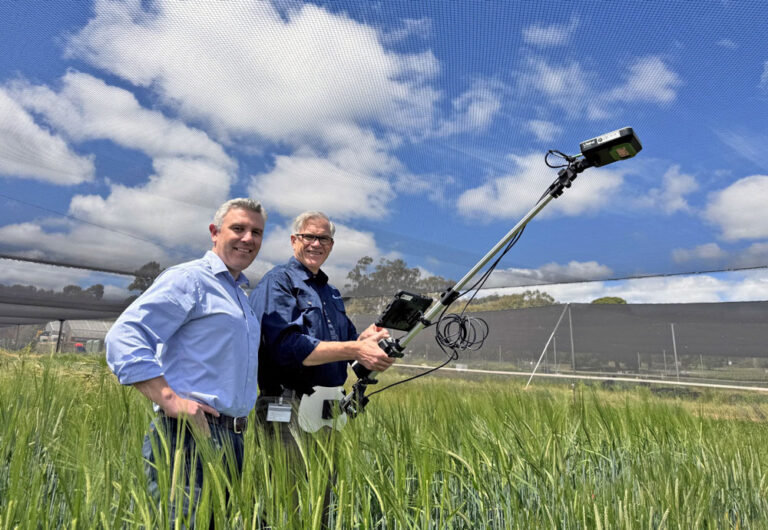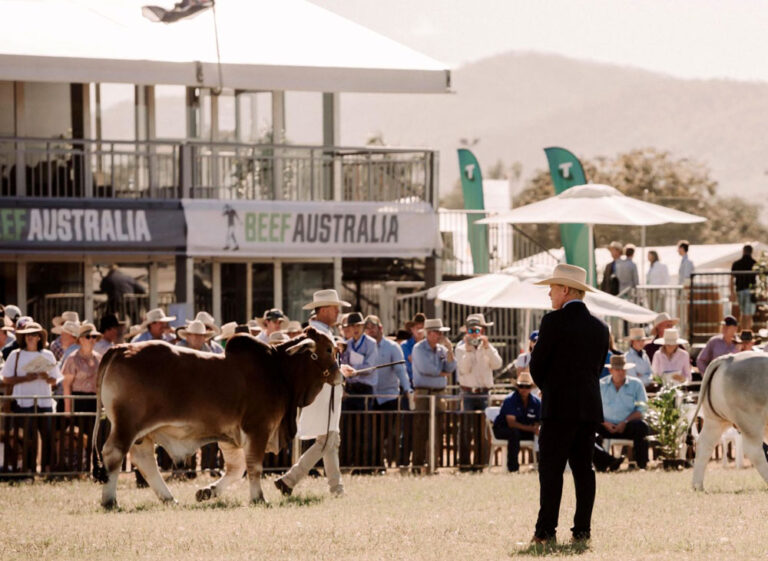Labor takes unrealised capital gains off the table but still retains its steadfast cash grab from self-managed super funds worth more than $3 million

There is no doubt that the worst part of Labor’s increased cash grab on self-managed super funds (SMSFs) was the tax on unrealised capital gains, income not even received but taxed as though it was.
Under immense pressure, that part of the SMSFs tax grab legislation has been withdrawn following universal condemnation and means that assets such as farmland or start-ups in super, will now only incur tax on the increase in value if the asset is sold and cash proceeds are available to settle the tax.
But the proposed legislation change does carry an additional sting, with an increased impost of 40% for funds valued in excess of $10 million.
Following months of campaigning by industry groups and stakeholders, including the architect of the current superannuation system, former Treasurer and Prime Minister Paul Keating, super balance thresholds will also be indexed to protect future generations of participants.
The point was made to current Treasurer Jim Chalmers that if the $3 million balance threshold was not indexed to inflation, it would eventually impact a far greater number of policyholders than was previously indicated.

The government listened to feedback and acknowledged that, without indexation, bracket creep would have a silent eroding effect on personal finances and create a situation where a reduction in superannuation savings would have been contrary to the fundamental principles of our superannuation system.
Funds will now be taxed at a tiered value
In February 2023, the Federal government proposed to add another 15% in tax to superannuation balances over $3 million, taking that total concessional tax rate to 30%.
Treasurer Jim Chalmers has now announced further changes to the government’s proposed $3 million superannuation tax which includes adding tiered taxation levels.
Superannuation balances up to $3 million will be taxed at 15%, as previously.
The Federal government will also add an additional threshold, taxing balances of between $3 and $10 million at 30%, double the previous tax level, while balances over $10 million will be taxed at 40%.
Both the $3 million and $10 million super balance thresholds will be indexed to the CPI measure of inflation.
The changes will also be delayed by a year from their intended start date, now coming into force on 1 July 2026, if passed by parliament.

Higher tax for the highest balances
Initially, the proposed changes are expected to capture additional tax from 90,000 fund balances above the $3 million threshold at 30%, while in excess of 8,000 fund balances will attract the highest tax rate of 40% in the $10 million threshold.
With the addition of the proposed threshold of $10 million, it is expected that $2 billion will be raised above the forward estimates to be collected by the Federal government in the 2028-29 financial year.
The final word on the changes to the initial February 2023 proposal comes from former Prime Minister Paul Keating, the architect of Australia’s superannuation scheme and initially one of the most senior critics of the Albanese government’s reforms.
“The Treasurer’s success in working through and resolving this impasse will now mean that superannuation accumulations will be successfully taxed, but taxed only on a basis of realisation, but more than that, taxed at a new limit and at a higher rate, restoring much-needed equity,” Paul Keating enthused.
“Importantly, these decisions solidify superannuation tax arrangements in a manner the community can now rely upon for the long-term security of their retirement savings and with it, their peace of mind,” Paul Keating concluded.













